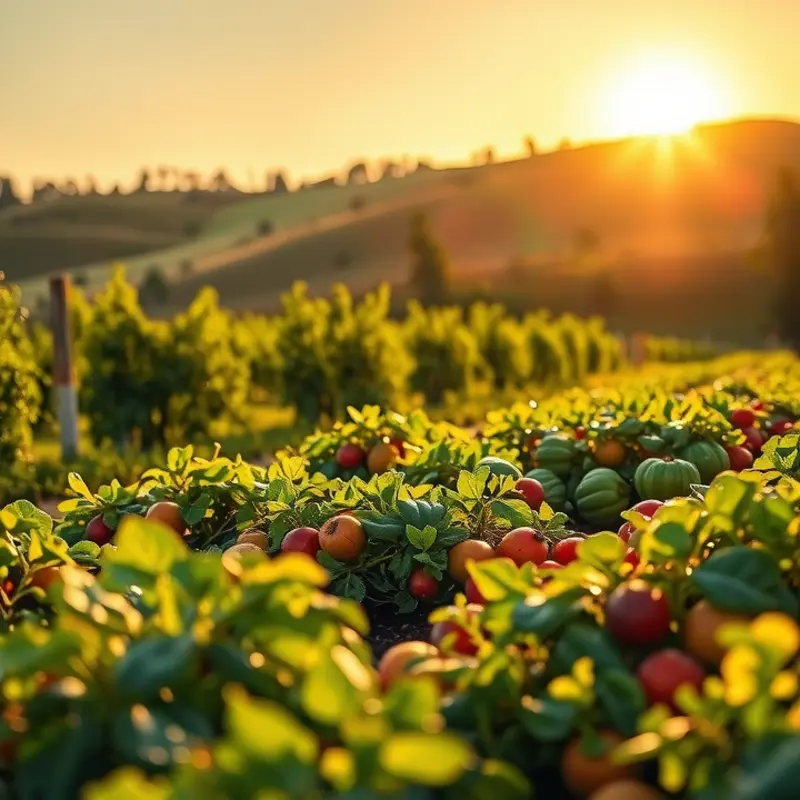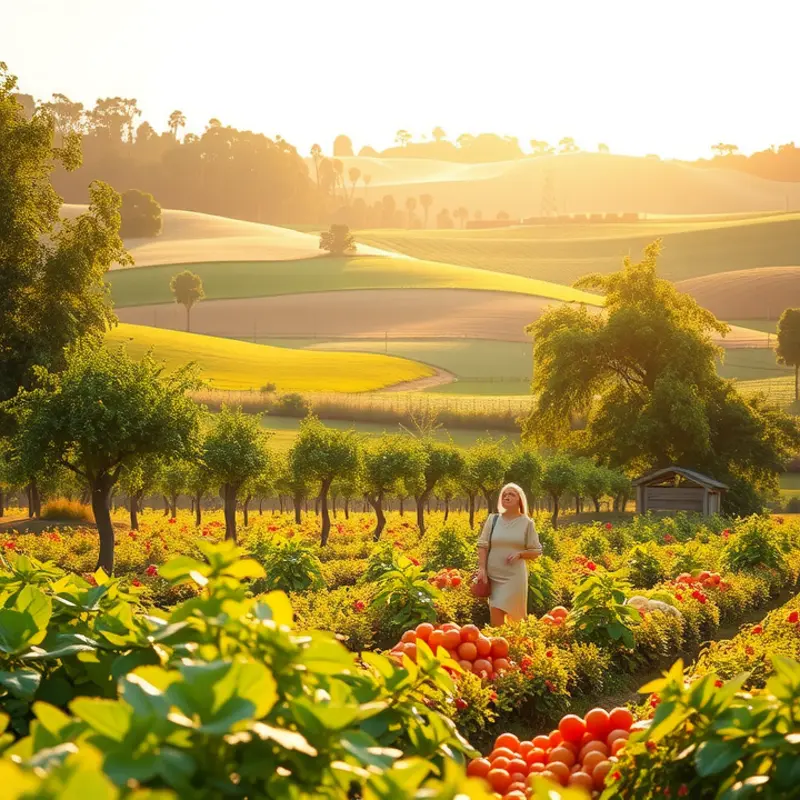From the shores of Japan to the vibrant coasts of Brazil, seafood cooking traditions showcase a unique blend of cultural heritage and local flavors. Global seafood customs reflect the history, geography, and culinary artistry of communities that thrive by the ocean. As food enthusiasts and culturally curious readers, we invite you to embark on an enticing journey through diverse seafood dishes, cooking methods, and traditions, tantalizing your taste buds and expanding your culinary horizons.
The Art of Sushi: Harmony of Flavors and Technique

Sushi, a quintessential emblem of Japanese cuisine, is lauded worldwide for its elegant simplicity and precise preparation. At its core, sushi is a harmonious collaboration of carefully selected and seasoned seafood paired with vinegared rice. The tradition dates back centuries and emphasizes freshness, balance, and minimalism.
Central to authentic sushi is the nigiri style, a delicate hand-formed oval of rice crowned with a slice of fish. The balance in nigiri lies not just in size, but in the exact sweetness of the rice, the texture of the fish, and the wasabi’s piquancy, lending contrast and highlighting the seafood’s natural flavors. Indeed, the selection of each fish is paramount; tuna, salmon, and eel are revered not only for their flavors but for their symbolic value within Japanese culture.
Sashimi, though technically not sushi, underscores the artistry of seafood preparation. The fish is meticulously sliced and crafted to an ideal thickness to ensure that every aspect of its natural flavor is experienced with every bite. This technique accentuates the freshness and quality of the fish, making the relationship between the chef and their selected ingredients highly intimate.
The process of making maki rolls, where seafood and other ingredients are combined with rice and wrapped in nori (seaweed), introduces additional textures and flavors. Maki often incorporates elements like cucumber, avocado, and daikon, which bring their own regional tastes and textural contrast, further elevating the dish.
The evolution of sushi, from a preservation method involving fermented rice and fish to the present-day varieties, reflects an adherence to authenticity coupled with subtle innovation. Techniques and traditions might adapt slightly from one chef to another, yet at the heart remains a deep respect for ingredients and craftsmanship. This adaptability has allowed sushi to thrive globally.
Additionally, perfecting sushi touches upon mindful eating—cherishing every bite for its textural complexity and subtle layers of flavor. This parallels principles discussed in culinary influences, indicating how trade and cultural exchange have broadened sushi’s scope, allowing it to integrate new elements while retaining its traditional roots (see culinary influences and trade).
The art of sushi is not merely in its preparation but in its presentation and the experience it offers the diner. Each component is crafted with care to evoke an appreciation for the journey of each ingredient from the sea to the plate. In this respect, sushi stands as both a personal expression of the chef’s skills and a pivotal exploration of Japan’s deep ties with the ocean’s offerings.
Feasting by the Atlantic: Brazil’s Seafood Celebration

The Atlantic coast of Brazil stretches over a vast expanse of tropical landscapes, each a cradle of rich cultural flavors and traditions. Here, seafood isn’t just a dietary staple—it’s central to the identity of many coastal communities. The vibrant dish moqueca best exemplifies this culinary heritage. Steeped in history, this aromatic fish stew embodies the synthesis of African, Indigenous, and Portuguese influences, simmering together in perfect culinary harmony.
Moqueca is traditionally prepared in earthenware pots, which help in evenly distributing heat and retaining the flavors of the rich ingredients. The base of this dish is typically composed of locally sourced white fish, though some regions also include shrimp or crab. Coconut milk, fresh tomatoes, onions, and bell peppers merge with cilantro, garlic, and dendê oil—a kind of palm oil—adding layers of depth and complexity. Through careful simmering, the flavors meld, producing a hearty stew brimming with the essences of sea and spice.
The preparation of moqueca is more than just a culinary process; it’s a social ritual that brings families and friends together. Preparation of the meal is often communal, with tasks divided among participants, enhancing the bonds of community. This communal aspect is a hallmark of Brazilian culture, where meals are an opportunity to strengthen ties and celebrate life.
Fishing itself is a storied profession along Brazil’s coast, passed down through generations. Local fishermen employ sustainable techniques, such as line and pole fishing, to minimize the ecological footprint and ensure the ocean’s bounty can be enjoyed by future generations. With sustainability becoming ever crucial, these techniques are vital to maintaining the delicate balance of marine ecosystems. Embracing these methods helps drive home the importance of eco-friendly practices in preserving our oceans, aligning with global conversations on sustainability, as detailed in this article about smart storage and sustainable eating.
The festivities that punctuate the Brazilian calendar, especially in coastal regions, often center around the sea’s bounty. Festivals such as the Festa de Iemanjá pay homage to the goddess of the sea, showcasing the vital role of marine life in cultural narratives. At such gatherings, seafood takes center stage, from savory fried fish to sumptuous prawn dishes, each bite a testament to the luxuriant diversity of the local waters.
These celebrations are imbued with music, dance, and joy, reflecting the vibrant cultural tapestry of Brazil and allowing participants to take part in a shared history through sensory experience. Ultimately, the seafood traditions of Brazil’s Atlantic coast offer more than just a meal; they provide a profound connection to nature, heritage, and community.
Final words
The intricate seafood traditions around the world tell a story of their respective cultures. By indulging in sushi’s delicate artistry or savoring the communal joy of a Brazilian moqueca, one becomes not just a spectator, but a participant in the diverse global tapestry of culinary heritage. In learning about these customs, we recognize the importance of seafood not merely as food but as a means of connection, culture, and community. As you explore these unique dishes, consider embracing these traditions in your own kitchen, enhancing your meals while celebrating the beauty of our shared gastronomic world.








